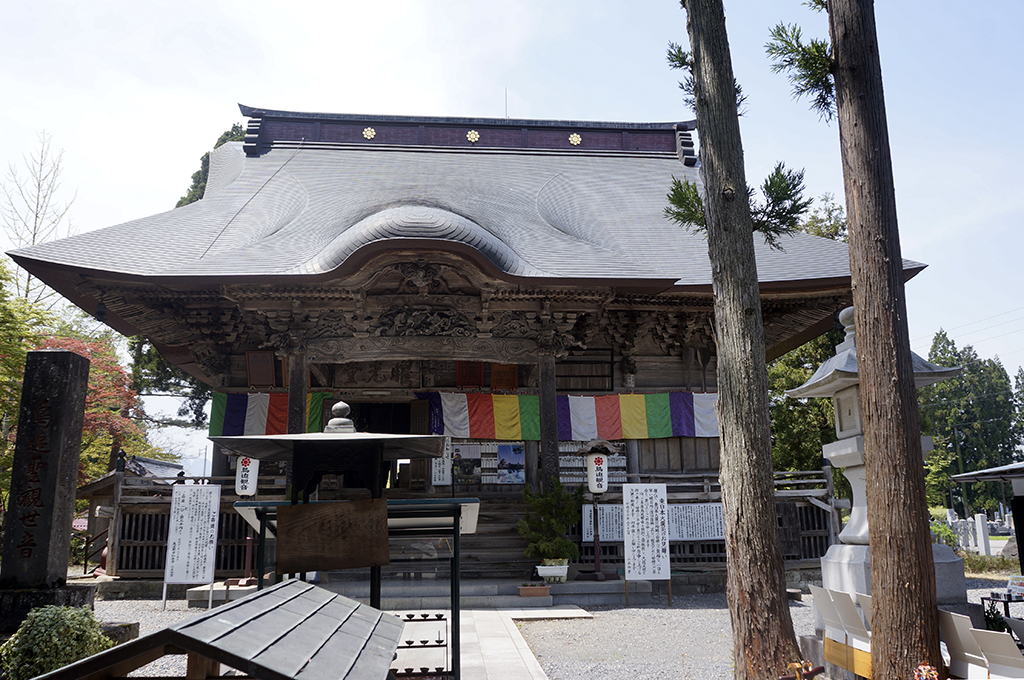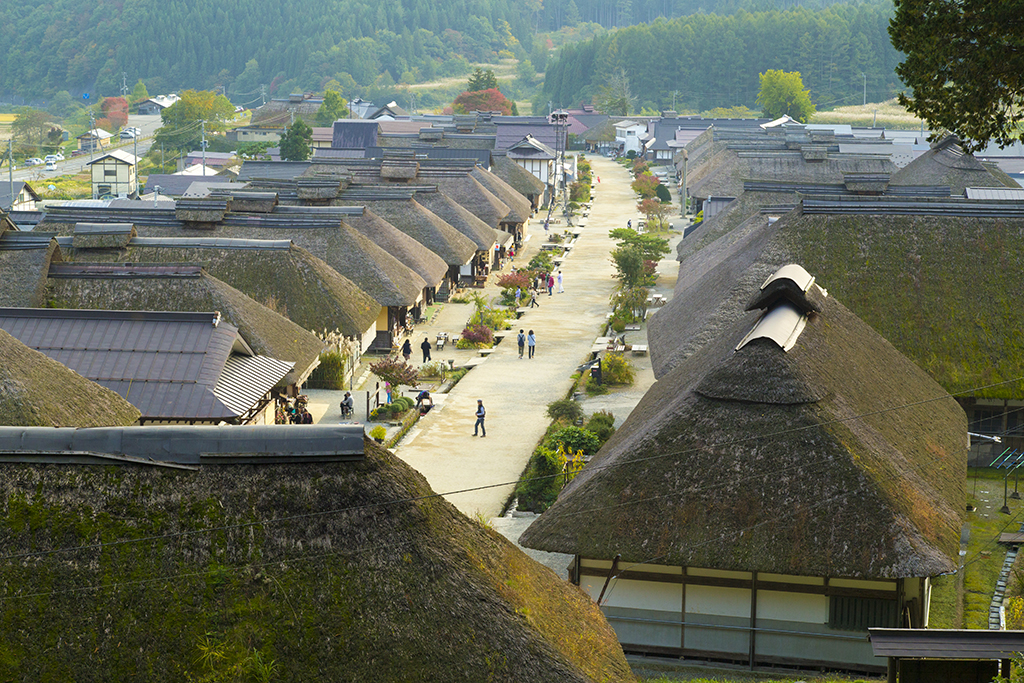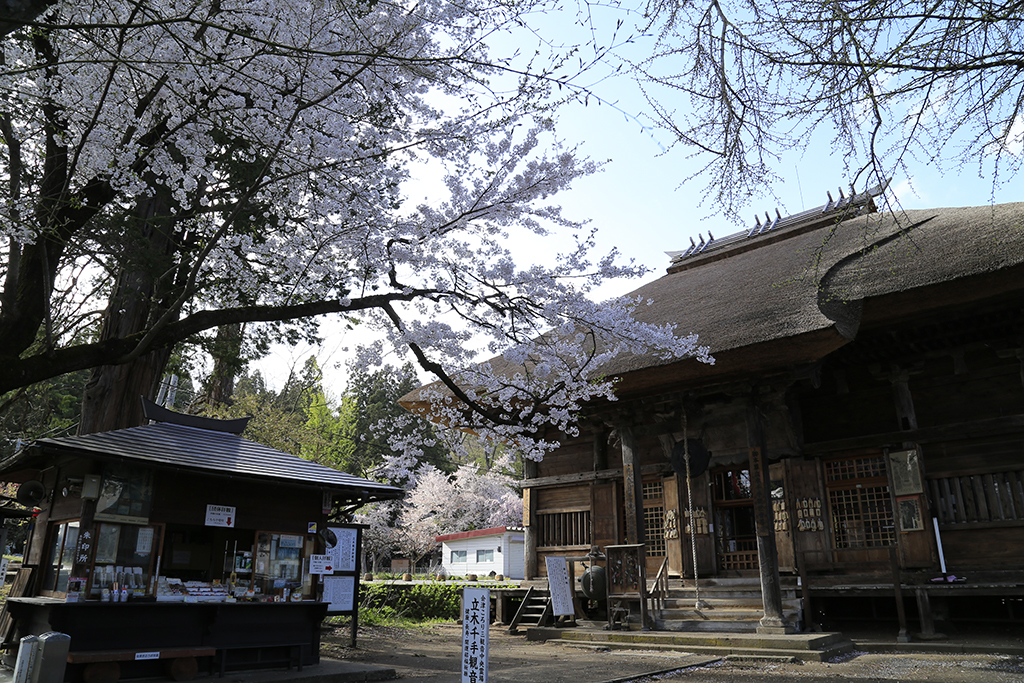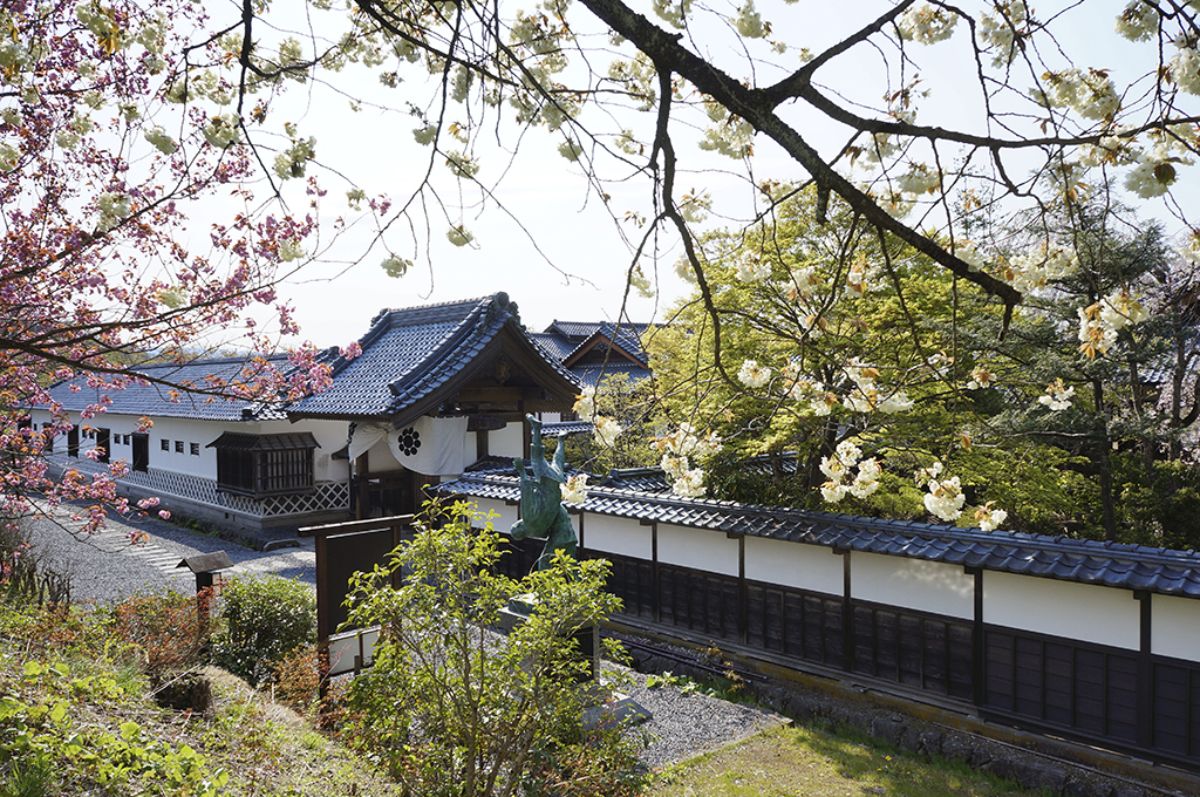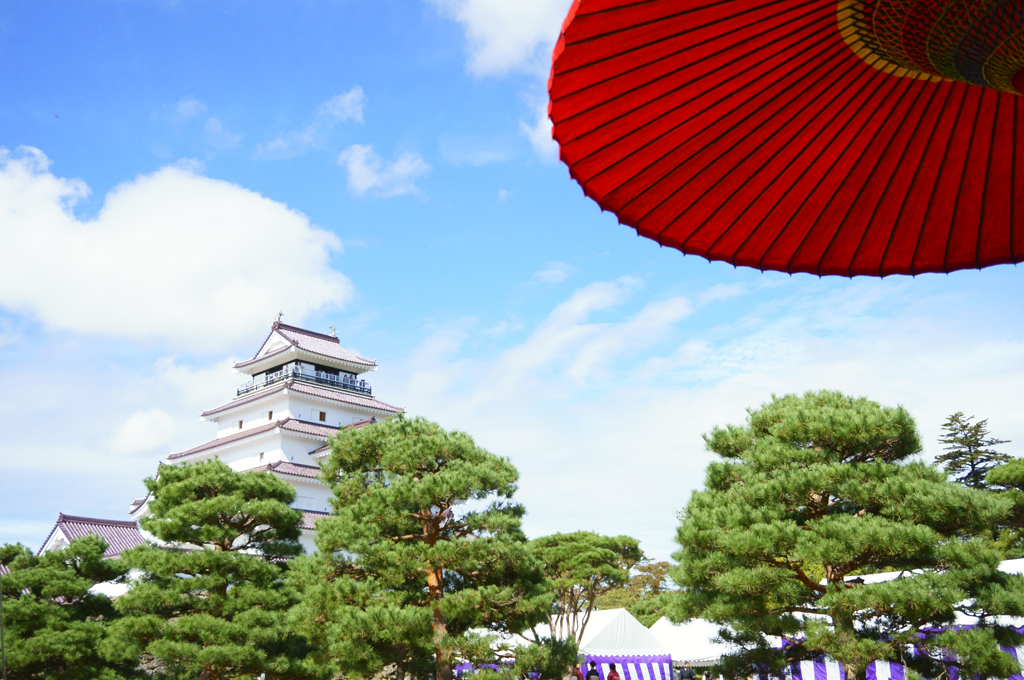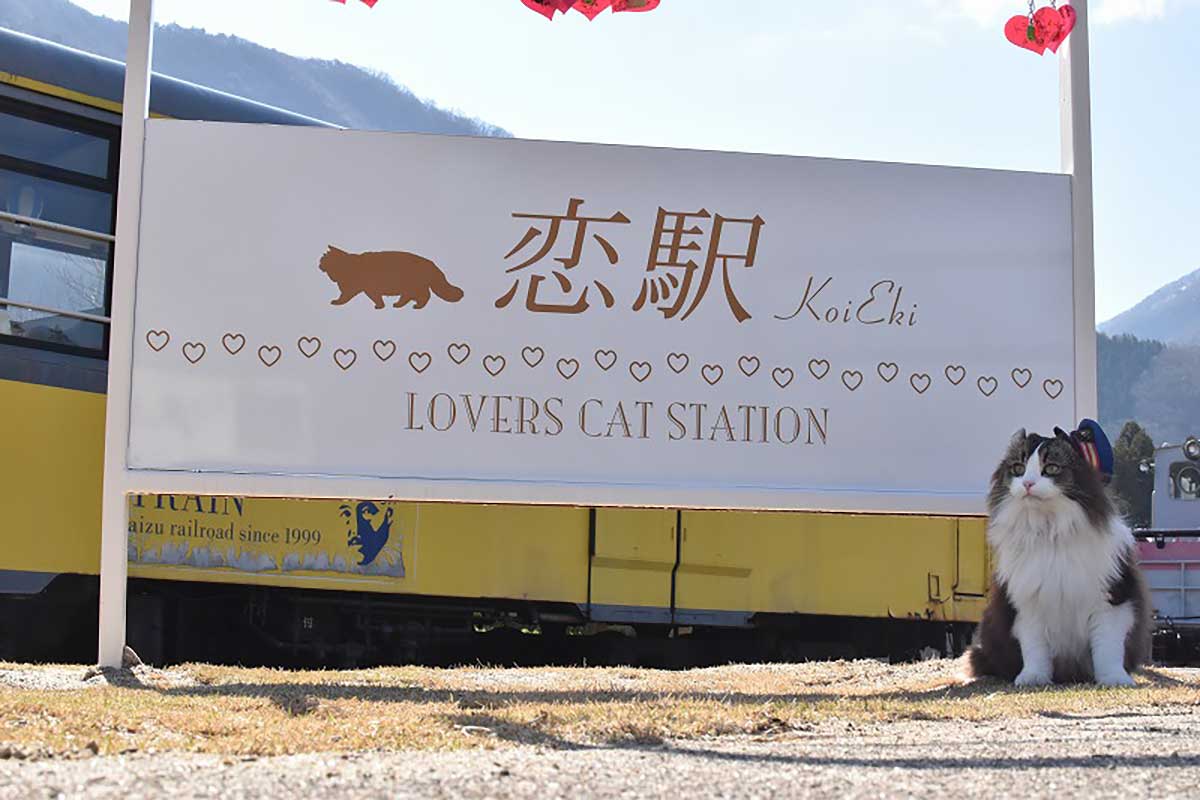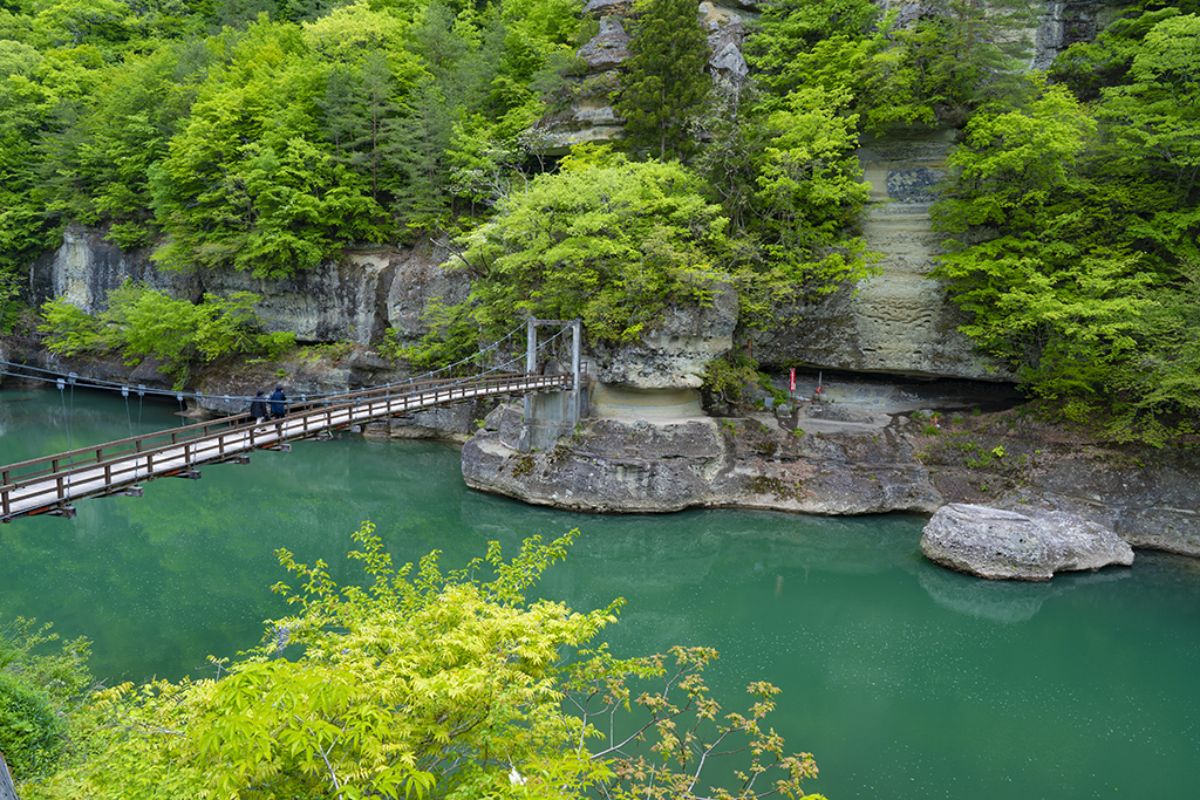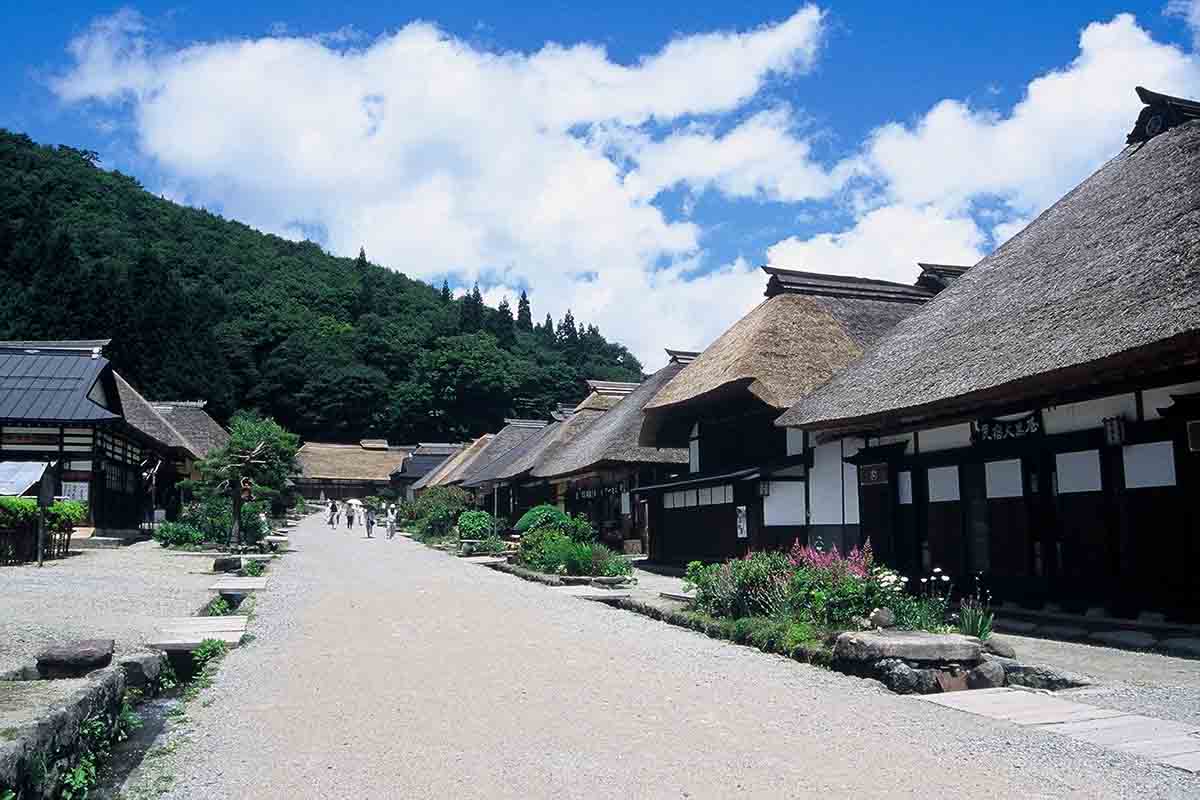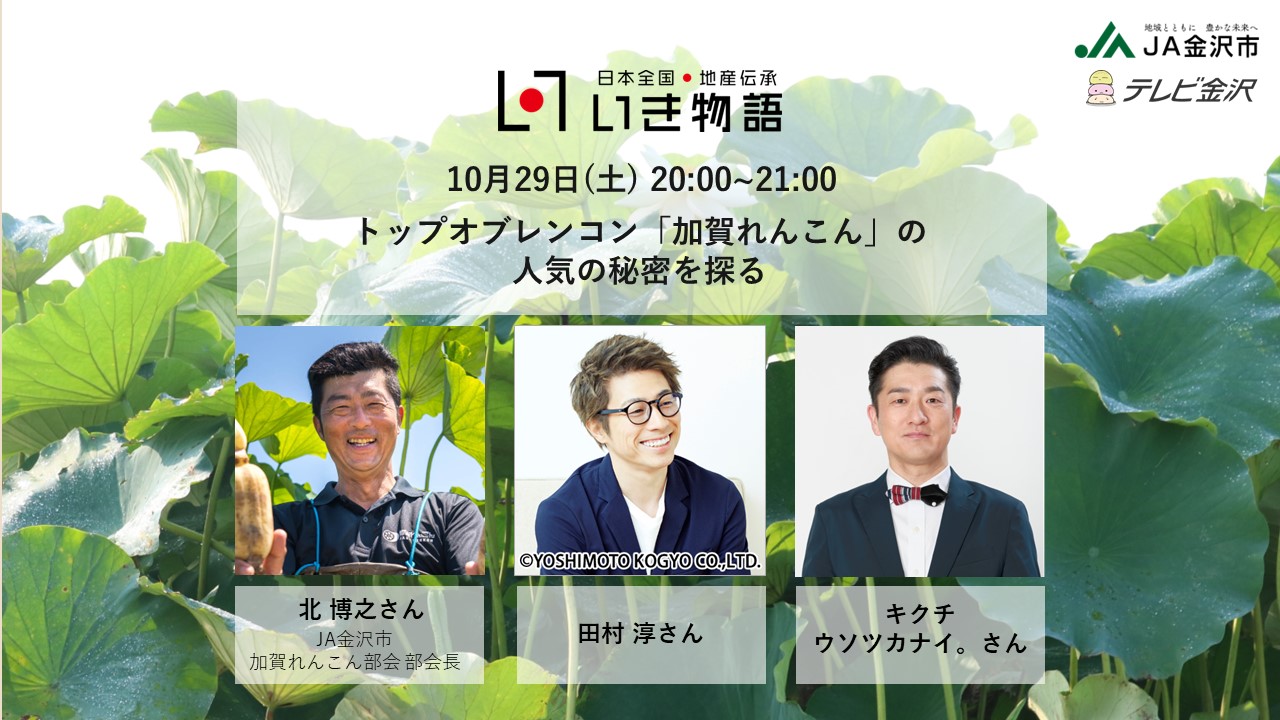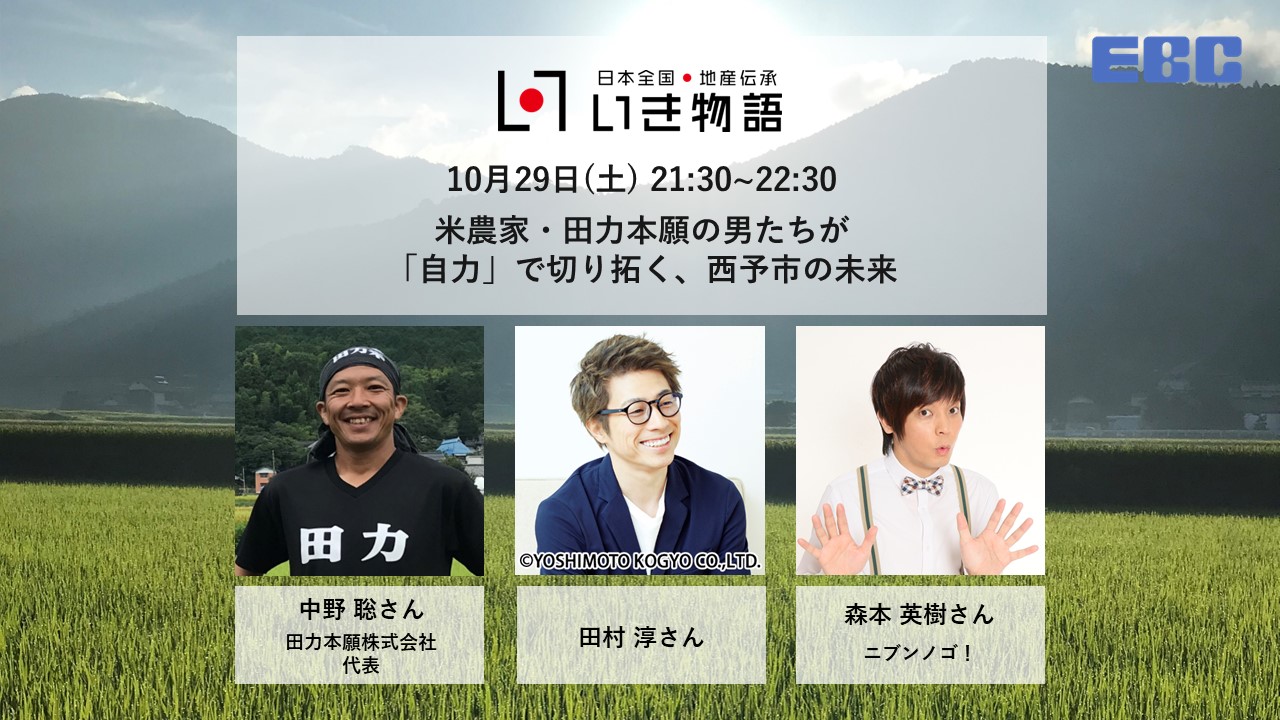Japan Heritage: The Kannon of Aizu Wakamatsu
Japan is famous for its temples and shrines, and most people have probably heard of places like Kiyomizudera Temple in Kyoto and the Meiji Jingu Shrine in Tokyo. But how much does the average traveler really know about the traditions, customs, and history, the stories behind what we see today?
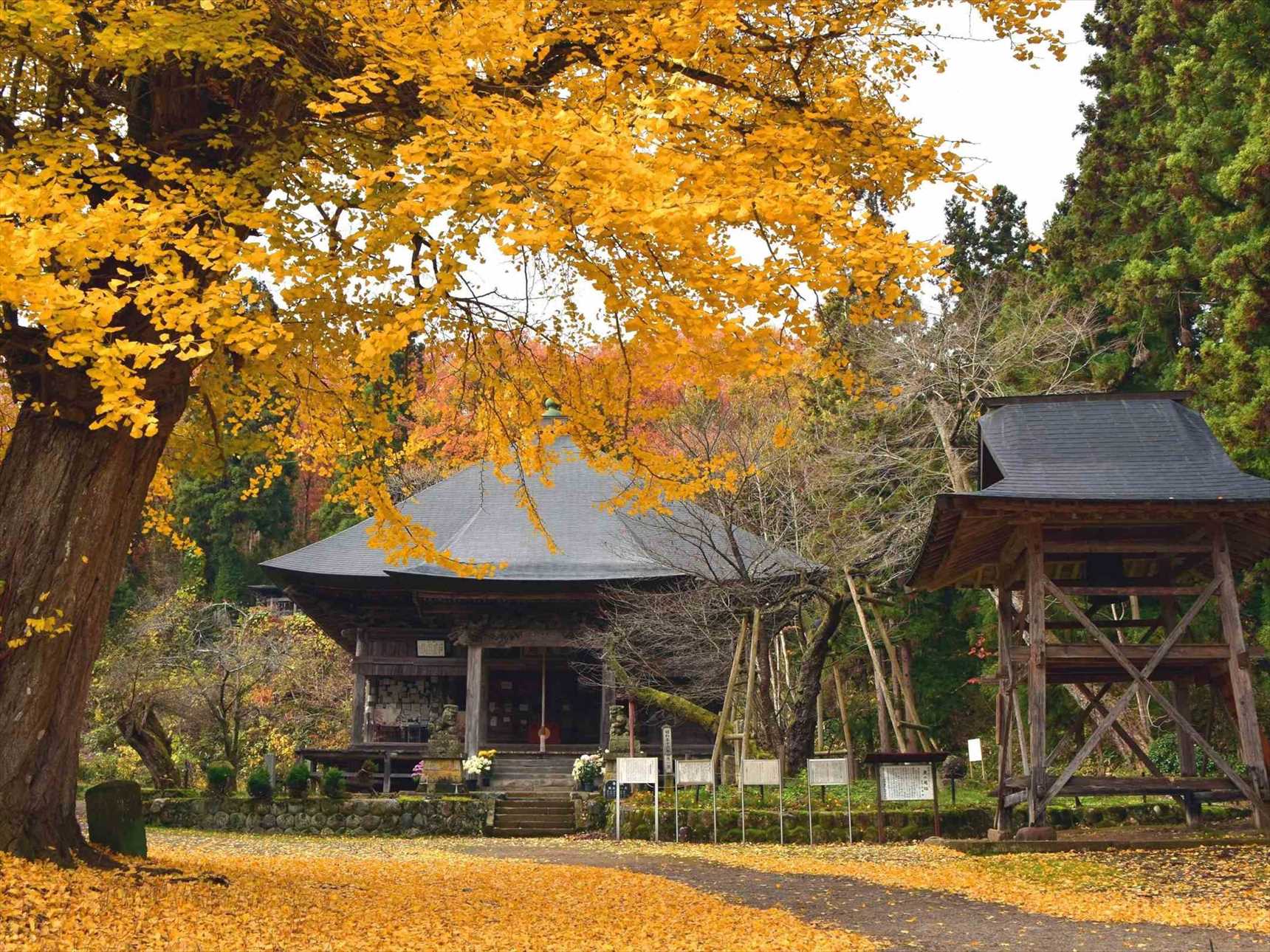
Many travelers choose just a few temples and shrines to visit during their trips, but pilgrimages, or paying visits to any number of temples clustered in a particular area, is a custom with a long history in Japan. Particularly popular throughout Japanese history are pilgrimages to pray to a Bodhisattva known as Kannon. Kannon is a common figure in Japan, and she is known as a goddess of compassion and mercy. Kannon pilgrimages generally consist of 33 temples, as it is said in a sutra that Kannon has 33 different manifestations, including the 11-faced Kannon, the Bato Kannon with a horse on her head, the Sho Kannon holding a lotus bud in one hand, as well as several others said to prevent disasters, aid in childbirth and child rearing, and much more.
The 33-Kannon pilgrimage of Aizu Wakamatsu, Fukushima Prefecture, has a particularly interesting history. The 33 Aizu Kannon were established by Masayuki Hoshina, the first feudal lord of the Aizu Domain.
Hoshina was a revered ruler, known for governing for the sake of his people and implementing what is now known as Japan’s first pension system as well as effective disaster prevention measures. During the time of his rule, pilgrimages were made based on the belief that people could receive the blessings of Kannon, but they also had a sightseeing element to them. People would take trips, sometimes up to two months long, to travel to different domains and visit the Kannon in temples there. This, however, caused funds to flow out of the domain and into others. In order to prevent dissatisfaction among his people while at the same time keeping funds within his domain, Hoshina established sacred sites where people could pray to Kannon within the Aizu Domain. He also improved and increased roads and inns along the pilgrimage route so that people could travel between them more easily. Through these developments, the area became a popular pilgrimage destination for not only people from the Aizu area, but from neighboring domains as well.
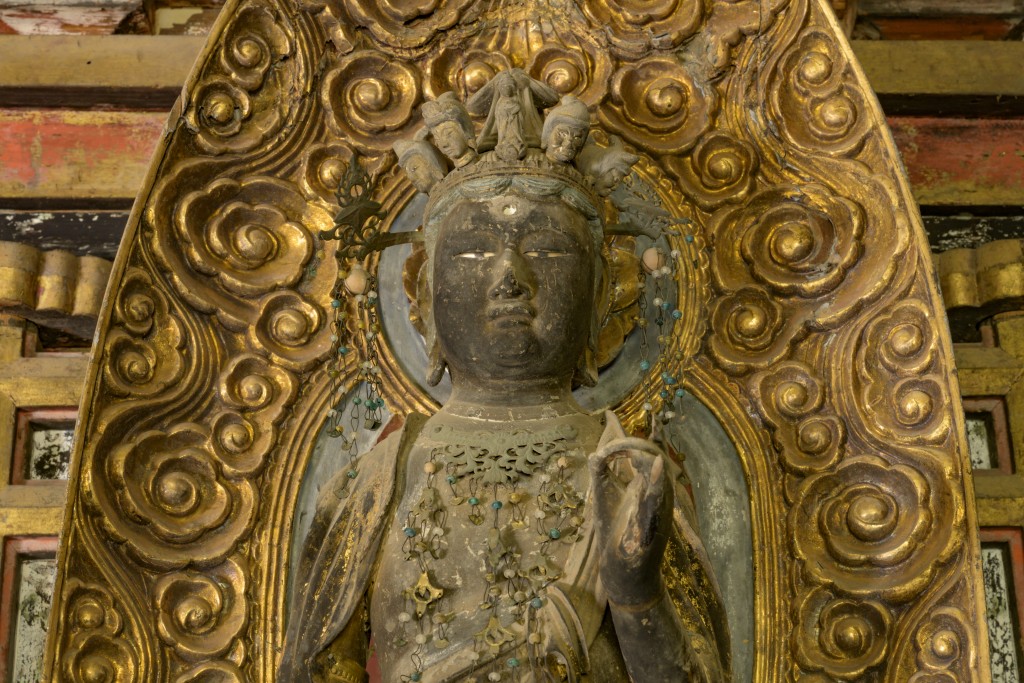
Temple pilgrimages are still popular today, for both spiritual and sightseeing purposes. Visitors to the temples can also get something called shuin, which are documents inscribed in red and black ink. Each shuin is unique, and many travelers make it a goal to collect as many as possible and keep them in a booklet as proof of visits.
While it is possible to squeeze visits to all 33 of the Aizu Kannon into two days, it would make for a tight schedule. There are a few, however, that visitors should make sure not to miss.
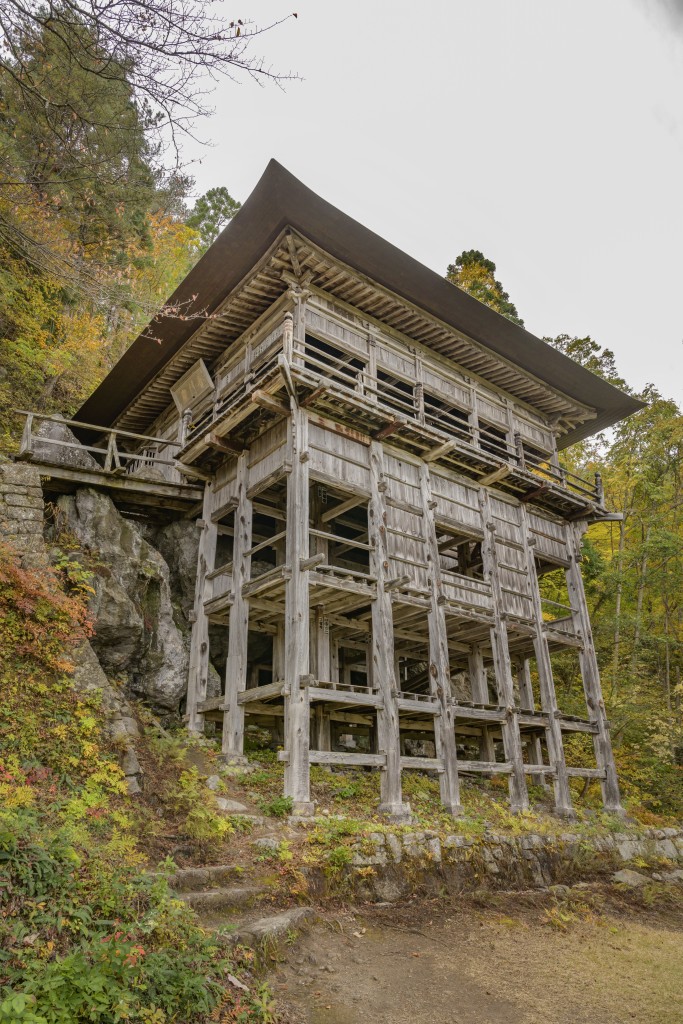
One is the Sakudari Kannon, the 21st Kannon in the Aizu pilgrimage. It is located in Rinzaishu Sakudariyama Kannon-ji Temple and has a long history, thought to have been built in 830. The temple itself is three stories high and built directly into the side of the mountain, and enshrined inside is a stone Kubinashi Kannon. Located at a high elevation, the view from the veranda of the temple is stunning.
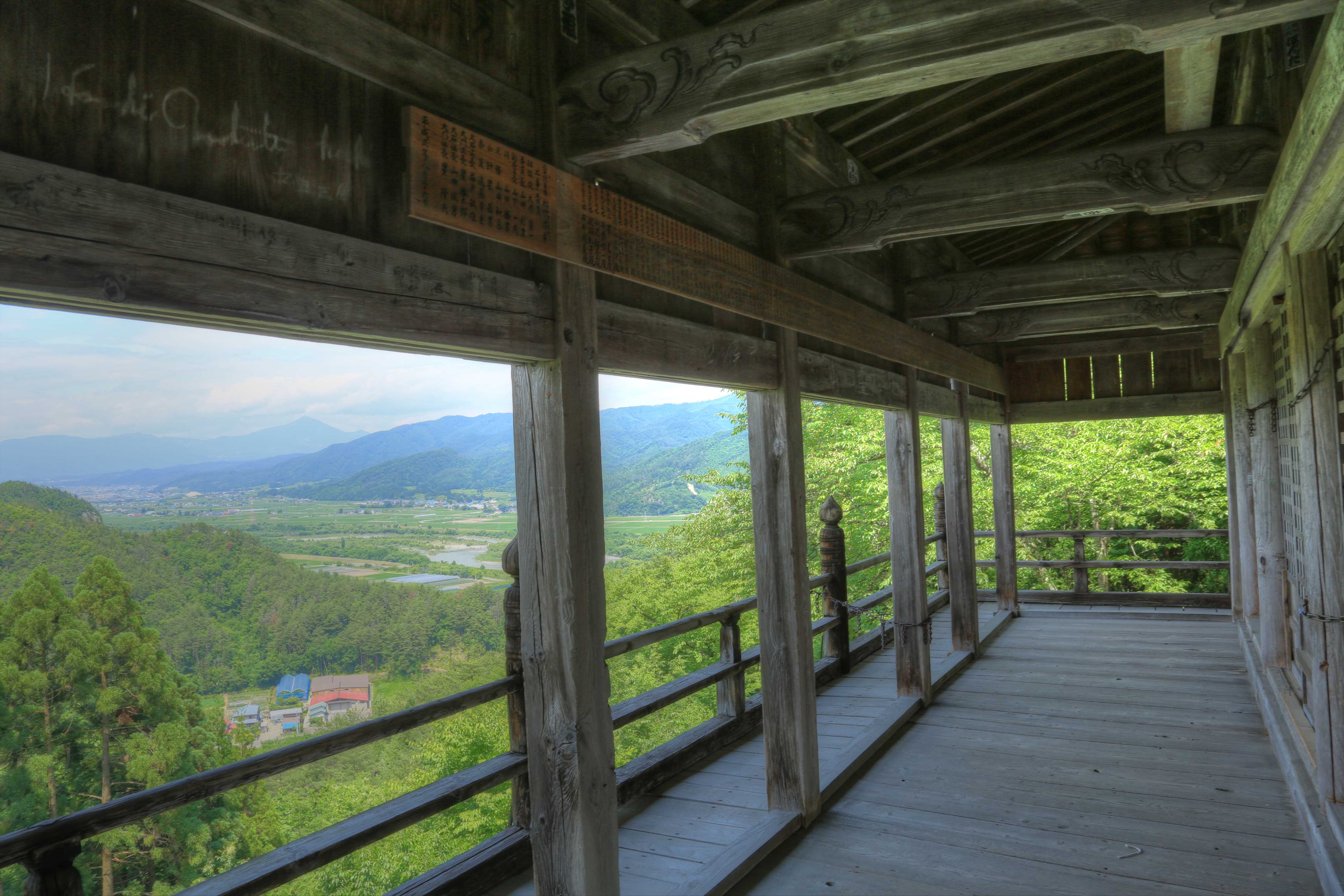
Suzumebayashi Kannon, the 29th Kannon in the pilgrimage, is located in Tendaishu Raidensan Hoyo-ji Temple. This temple is one of the oldest in the Aizu region, said to have been built in 720. In fact, this temple was considered to be the base of Buddhism in Aizu until the construction of Enichi-ji Temple in 807. Enshrined here is an 11-faced Kannon, and a wooden Kongo Rikishi standing statue is also featured. This temple is also home to a three-storied pagoda; in fact, it is the only pagoda remaining in Aizu, and it is known as the most beautiful pagoda in all of Fukushima Prefecture.
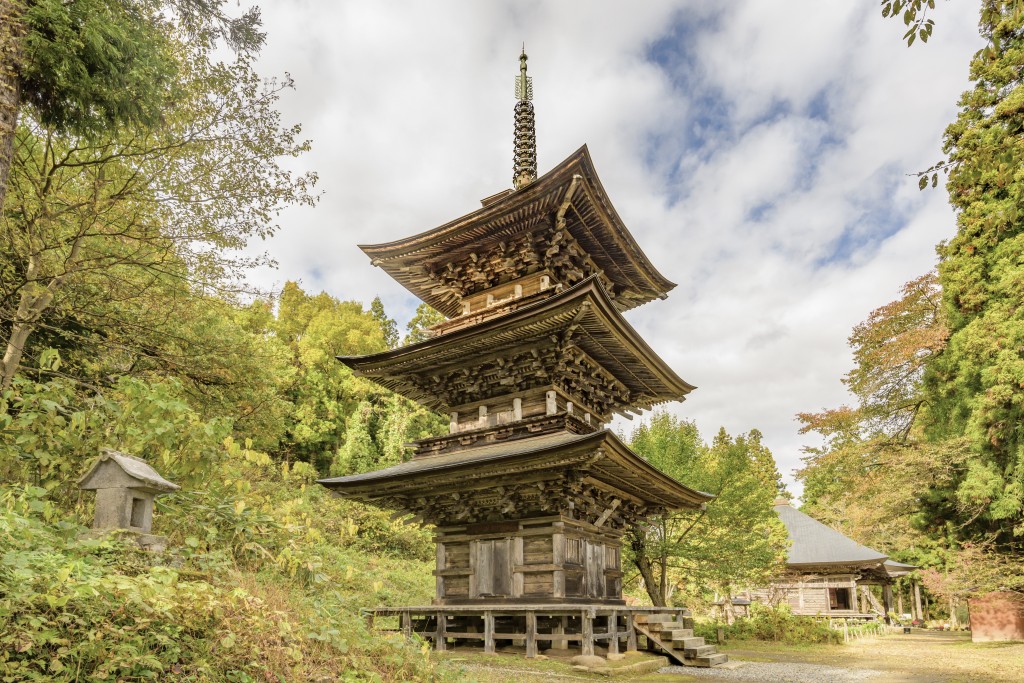
In addition to the 33 temples on the pilgrimage circuit, there are a few other temples that also feature a Kannon in the area. Arguably the most stunning of these is the Nyoho-ji Temple, enshrined inside of which is the Torioi Sho Kannon.
The layout of this temple is unique; after visitors pass through the front gate, they enter the temple and pray to the Buddhist statue that is situated to the right. At normal temples, this statue would lie at the front, and after praying, the visitors would go back the way they came. Here, however, visitors go straight through the temple after praying and out the other side. This is meant to symbolize Kannon leading the people to paradise, which is said to be to the west. This is the only structure like it in Japan.
This temple also features carvings by Hidari Jingoro, who is famous for his work at Tosho-gu Shrine in Nikko. The artwork as a whole is known as Kakure Sanzaru, which translates to “three hiding monkeys.” The first carving features a monkey hiding so as to not be eaten by a hawk, which represents misfortune. The second carving also features a monkey and a hawk, but here the hawk has lost sight of the monkey. This indicates that the monkey has escaped misfortune.
The third and final carving depicts a monkey living in comfort. Here, there is no hawk, which signifies that the monkey was finally able to escape from misfortune and is now at ease. This third monkey is resting its head on its arm and sleeping; it was carved in imitation of a tree peony’s bud, and it was purposely made difficult to find. It is said that if someone is able to find all three monkeys in the carvings, their fortune will bloom in the same way that the stiff bud of a tree peony gradually opens.
Enshrined at Nyoho-ji Temple is the Torioi Sho Kannon, but visitors will also find an ancient Kongo Rikishi statue, dakitsuki pillars, and a giant 1,200-year-old umbrella pine. The wooden Kongo Rikishi sculpture is known as a Migawari no Nade Buddha, and it is said that stroking it and then doing the same to one’s own body will allow the Buddha to become a substitute and take one’s place for maladies and ailments. By embracing the dakitsuki pillars, on the other hand, it is said that one will make a connection to Buddha and be guided to a suitable partner for marriage. The umbrella pine is the largest tree in the entire Tohoku region.
Nyoho-ji Temple in Nishiaizu-machi, Fukushima Prefecture, is a temple that was established by the...
If a pilgrimage sounds interesting but 33 different temples is too much of a hassle, you’re not out of luck—Sazaedo Temple is a structure that houses all 33 manifestations of Kannon in one building. Designated as an Important Cultural Property, this temple allows worshippers to pray to all 33 Kannon without leaving the structure. The architecture of the building is possibly its most interesting feature; it was built in the shape of a double-helix, so visitors ascending will never cross paths with those descending, and all will be able to worship in peace. In fact, it is the only wooden building with a double-helix structure left in the world.
Another unique attraction of the Aizu area is Ouchi-juku, a town of historic buildings preserved since the Edo period. Here, visitors can see traditional thatched-roof buildings that house a variety of shops and restaurants. There are also a few authentic Japanese lodgings, where travelers can experience staying in a Japanese-style house and eating hand-prepared local meals.
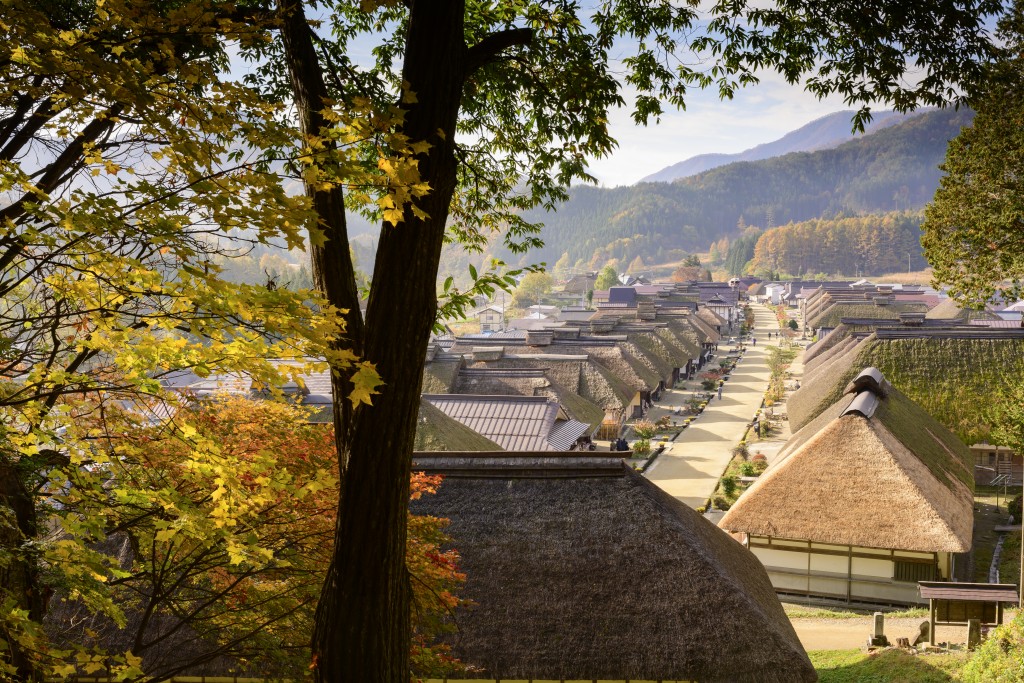
During the Edo period, Ouchi-juku operated as a lodging town for travelers making their way to an...
Sake lovers should definitely leave time in their schedules to check out the Suehiro Sake Brewery, which offers guided tours of the brewery and insightful knowledge about the history of sake brewing in Aizu Wakamatsu. Fukushima Prefecture is well known for its award-winning sake, and one would be remiss not to try some (and perhaps buy some extra as a souvenir) during their visit.
Make sure not to forget about the cuisine—the Aizu region is famous for its free-range chicken as well as soba noodles eaten with a green onion instead of chopsticks.
While Fukushima Prefecture might not be the first, or even the second place most people think of when asked about temples or Buddhism, there is an abundance of history and culture just waiting to be experienced.
Japan Heritage
All over the country, there are Japan Heritage Sites at which historical landmarks and tangible and intangible cultural properties are connected into a single story. The Kannon of Aizu Wakamatsu, too, have been designated as a Japan Heritage Site. Check out the links below to learn more about the 33 Aizu Kannon or take a look at other Japan Heritage stories.
Japan Heritage Official Website
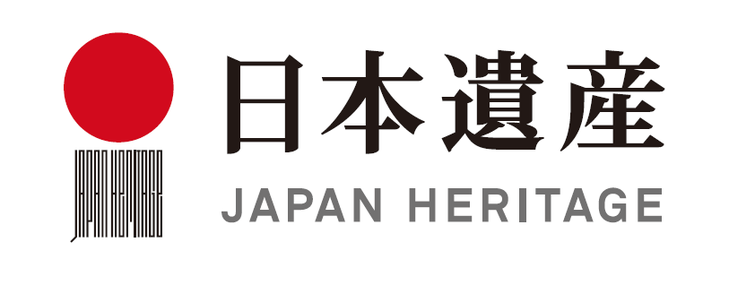
Take a tour:
Instead of a trip on which you simply visit a place, why not try one where you can expand your ou...
Keep traveling:
Aizu Bukeyashiki (Samurai Residence) is a resorted mansion where the family of the domain lord Sa...
Tsurugajo Castle in Fukushima prefecture was originally built in the 14th century. It was able to...
Ashinomaki Onsen Station is a train station of the Aizu Railway located in the Aizuwakamatsu City...
At a site where the Pleistocene epoch's glacial rivers carved through mountains whole, To no Hets...
More about Fukushima Prefecture:
Fukushima Prefecture is located in Japan's Tohoku region, north of Tokyo. There are many prime lo...
Sponsored Links
Unmissable Tours
Expand your horizons by interacting with diversity. Take a look at guided tours on which you can connect personally with the guides and have truly extraordinary experiences.
Search
